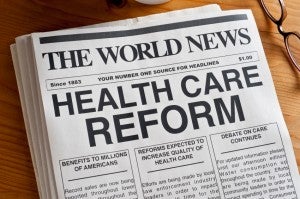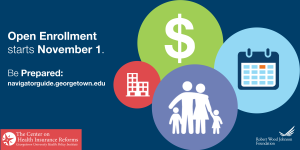Shop to Renew During Open Enrollment

While many consumers with marketplace coverage will be eligible for automatic renewal, there are many reasons for all consumers to shop to renew this year. For example, price changes to health plans as well as changes to the health plans themselves will impact the amount of premium tax credits and coverage for many consumers. We go over the reasons why all consumers should shop to renew this open enrollment.



